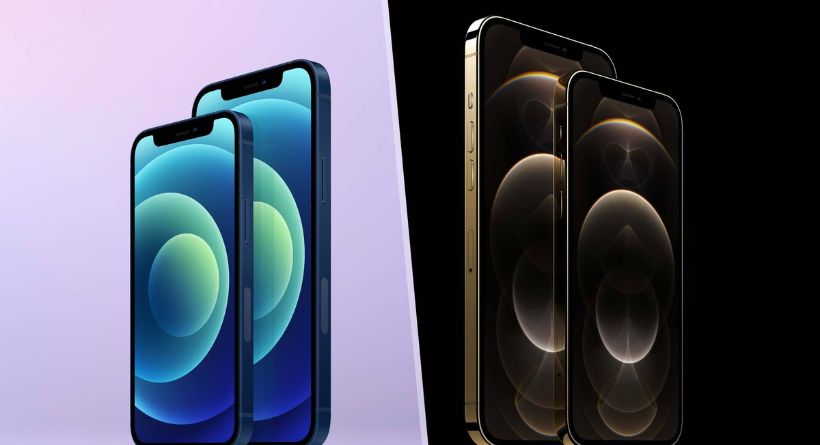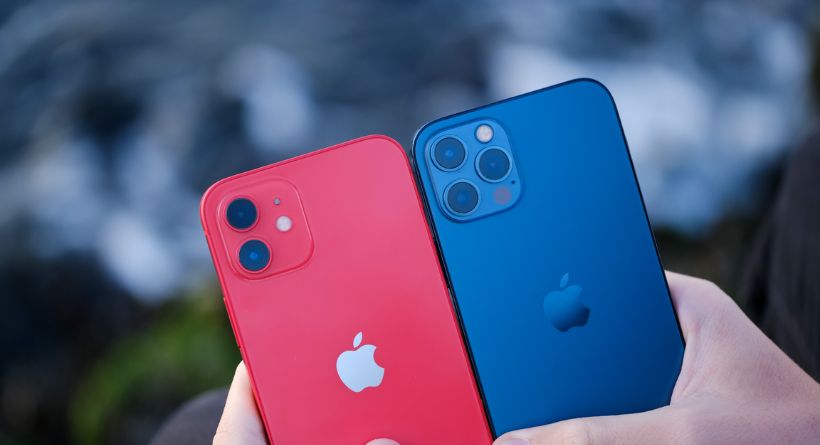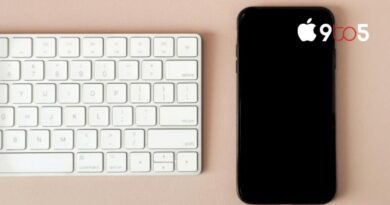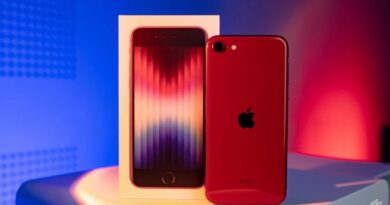iPhone 12 vs. iPhone 12 Pro: Which iPhone should you buy?
The iPhone 12 and iPhone 12 Pro compare in the following.
Update: Apple has stopped making the iPhone 12 Pro, but you may still be able to buy one in some places. Apple’s 14 Pro series.
You may compare the iPhone 12 and iPhone 12 Pro to determine which is the ideal iPhone for you, whether you’re migrating from Android or an earlier model.
Both of our reviews of the iPhone 12 and iPhone 12 Pro are favourable, and both models of Apple’s flagship phone profit from 5G, quick A14 Bionic CPUs, and stunning OLED panels. However, there are some significant changes between the iPhone 12 and iPhone 12 Pro, particularly in terms of cost and camera quality.
Use this comparison between the iPhone 12 and the iPhone 12 Pro if you’re in the market for a new iPhone right now.
What about the iPhone 14?
The new iPhone 14 series, which includes the iPhone 14 Plus, iPhone 14 Pro, and iPhone 14 Pro Max, maybe something to think about. These smartphones provide improved cameras, quicker speed, and additional security features like accident detection.
The iPhone 13 and iPhone 13 mini are also on sale if you don’t mind getting a little older phone.
iPhone 12 vs. iPhone 12 Pro: Display

The iPhone 12 and iPhone 12 Pro have almost the same display technology. A 6.1-inch Super Retina XDR OLED display with a resolution of 2532 x 1170 pixels at 460 pixels per inch is included on both smartphones.
One distinction is that the iPhone 12 Pro’s display has an “average” brightness of 800 nits as opposed to 625 nits for the iPhone 12. Due to HDR’s widespread support, the screens’ true maximum brightness is the same at 1200 nits.
Apple claims that the Ceramic Shield technology, which protects the screens of the iPhone 12 and iPhone 12 Pro, has 4 times greater drop performance than that of earlier iPhone models.
The iPhone 12 and iPhone 12 Pro’s additional display characteristics include:
- Contrast ratio of 2,000,000:1
- False-color display
- extensive colour display (P3)
- haptic contact
iPhone 12 vs iPhone 12 Pro: Design
When it comes to design, these phones are distinctly one of a kind. Apple’s new design is completely flat, evoking devices like the iPhone 5. However, Apple only incorporates very slightly curved seams on the right angle where the phone’s sides have chamfered edges. Because of this excellent precision engineering, despite the phones’ perfect angles, they are comfortable to handle.
The only physical differences between the iPhone 12 and iPhone 12 Pro are the finish and weight. As with its watches, Apple is pushing into the stainless steel’s mirror-like sheen on the iPhone 12 Pro, while the iPhone 12 employs aluminium for its edge band.
The iPhone 12 is available in Black, White, Red, Green, and Blue finishes. Pacific Blue, Gold, Graphite, and Silver are all available in the Pro.
The Pro weighs 187g rather than 162g since steel is used. You could believe it won’t matter, but it does. The normal iPhone 12 is undoubtedly simpler to use in your fingers than the Pro, even though the Pro isn’t giving us RSI to use.
The Pro also includes a third camera lens and a matte glass back instead of a glossy one, which are two further visual distinctions (each of which has accented steel rims).
Whether you favour steel or aluminium is a matter of personal preference. In certain treatments, the steel has a definite premium feel and might be considered to have drawn inspiration from both technology and jewellery. The three-lens camera is also really charming since it reminds people of vintage turret film cameras.
The iPhone 12 is more subdued, which is also quite appealing. It’s a quiet affair, albeit the back glass’ glossiness can stick out in some colours.
Both phones include Apple’s “Ceramic Shield” glass on the front, which claims 4x improved durability when dropped and are IP68 certified against water and dust. The Lightning connection on the bottom of both phones serves as their lone port.
Performance and battery life
The performance of the CPU is another area where the iPhone 12 and iPhone 12 Pro are very similar. The newest A14 Bionic technology, which Apple claims to be “the fastest processor in a smartphone,” is present in both smartphones. Two cores with great performance and four cores with efficiency make up the A14 Bionic.
The most recent Neural Engine is also included in the iPhone 12 and iPhone 12 Pro for enhanced machine learning features and capabilities. According to Apple, the new 16-core Neural Engine performs 80% better than the previous model.
Compared to the iPhone 12, the iPhone 12 Pro has 6GB of RAM. We’ll discuss some of the other photography functions that the iPhone 12 Pro’s more RAM makes possible later on. However, performance outside of the camera functionality is not expected to be much impacted by the RAM difference.
Apple claims that the battery life of the iPhone 12 and iPhone 12 Pro is the same:
- Playback of a video: up to 17 hours
- Up to 11 hours of streaming video playback
- Playback of audio: up to 65 hours
With a 20W power adapter, both devices also offer rapid charging, allowing for a charge of up to 50% in 30 minutes. Additionally, while utilising a MagSafe wireless charger, 7.5W Qi wireless charging and 15W wireless charging are supported.
Connectivity
The iPhone 12 range, which includes both the iPhone 12 and the iPhone 12 Pro, is the first iPhone lineup to provide a 5G connection. This means that for any iPhone model you choose, you’ll receive the fastest 5G signal in your location.
The iPhone 12 and iPhone 12 Pro both support mmWave and sub-6GHz 5G in the United States. However, in other countries, the iPhone 12’s 5G functionality is only available for sub-6GHz connections.
iPhone 12 vs. iPhone 12 Pro: Cameras

The dual rear cameras on the iPhone 12 mini and iPhone 12 remain equipped with wide-angle and ultra-wide-angle lenses. For creating smooth nighttime films, new capabilities include Night Mode for the front and rear cameras as well as Night Mode Time Lapse.
But if you’re serious about taking photos with your smartphone, you should get the iPhone 12 Pro or Pro Max. These phones have a triple-camera array with upgraded lenses, a sophisticated LiDAR sensor, and superior depth detection for both photographs and movies.
You may also benefit from cutting-edge technologies like Apple ProRAW, which combines Apple’s computational photography with the usual advantages of RAW picture editing.
Colours, storage, and pricing
There are five distinct colour options for the iPhone 12: black, white, Product(RED), green, and blue. Pacific blue, gold, graphite, and silver are the different colour options for the iPhone 12 Pro.
The iPhone 12 has a starting price of $829 for 64GB of storage (or $799 for AT&T, Verizon, Sprint, and T-Mobile subscribers). For $879 ($849 for AT&T/Verizon), you can upgrade to the 128GB configuration. For $979 ($949 for AT&T/Verizon), you can upgrade to the 256GB option.
On the other hand, the retail price of the iPhone 12 Pro varies depending on how much storage it has: $999 for 128GB, $1099 for 256GB, and $1299 for 512 GB.




